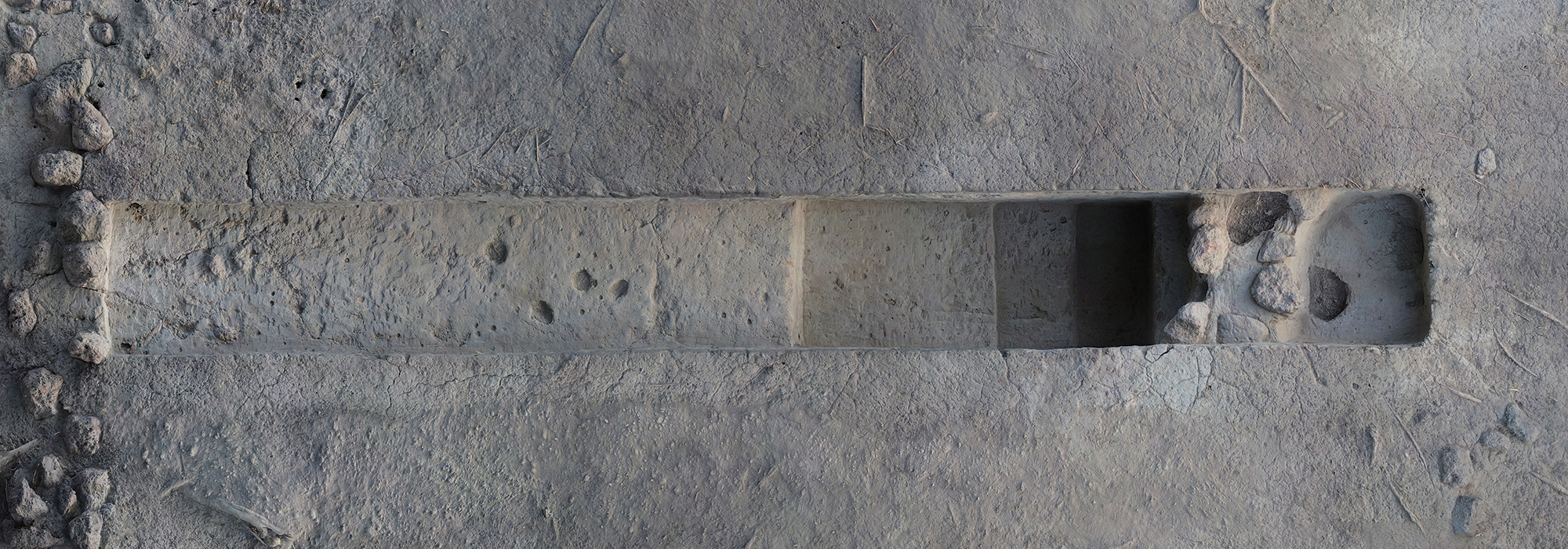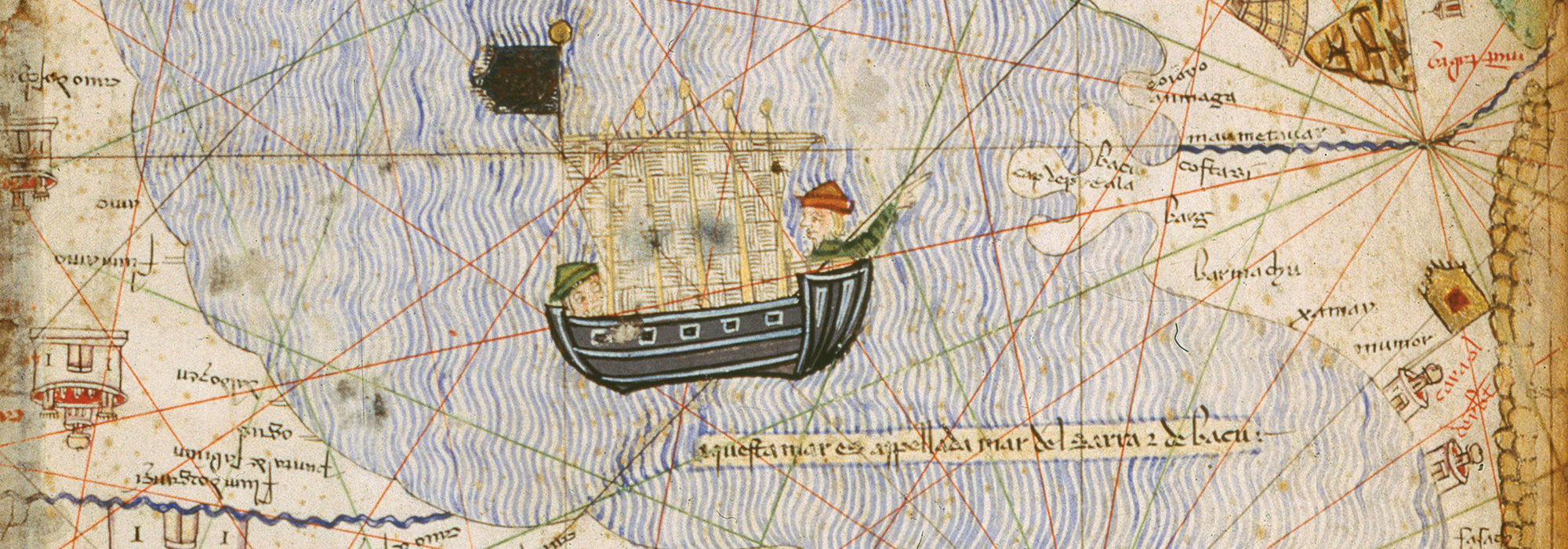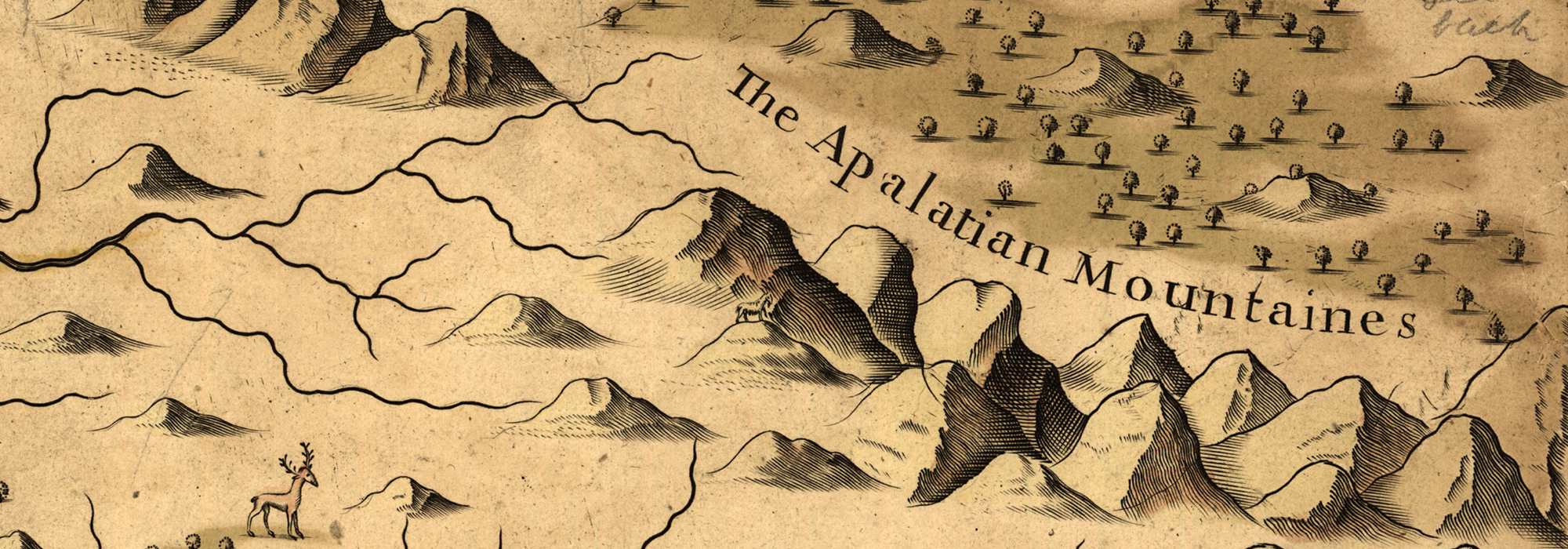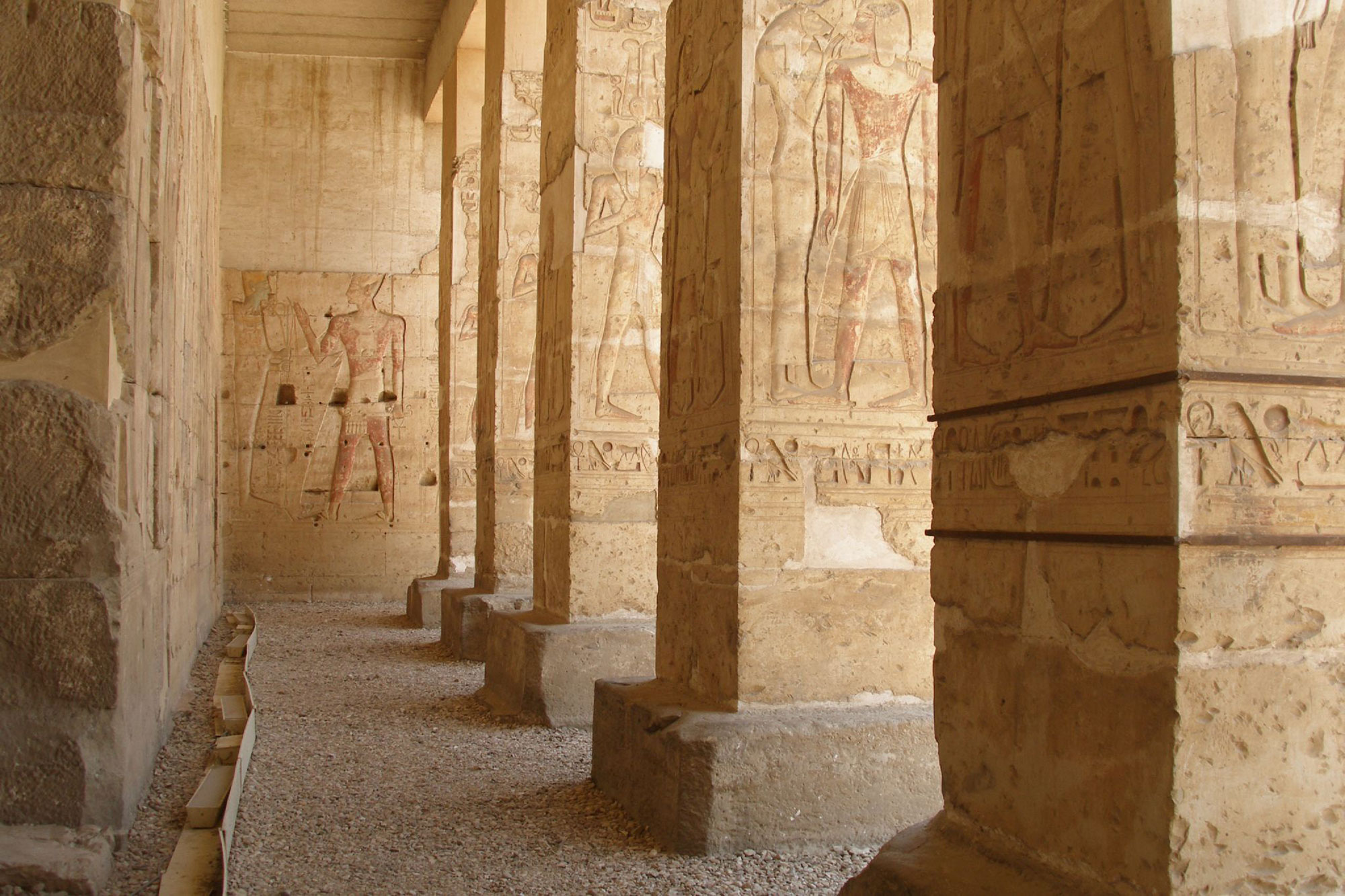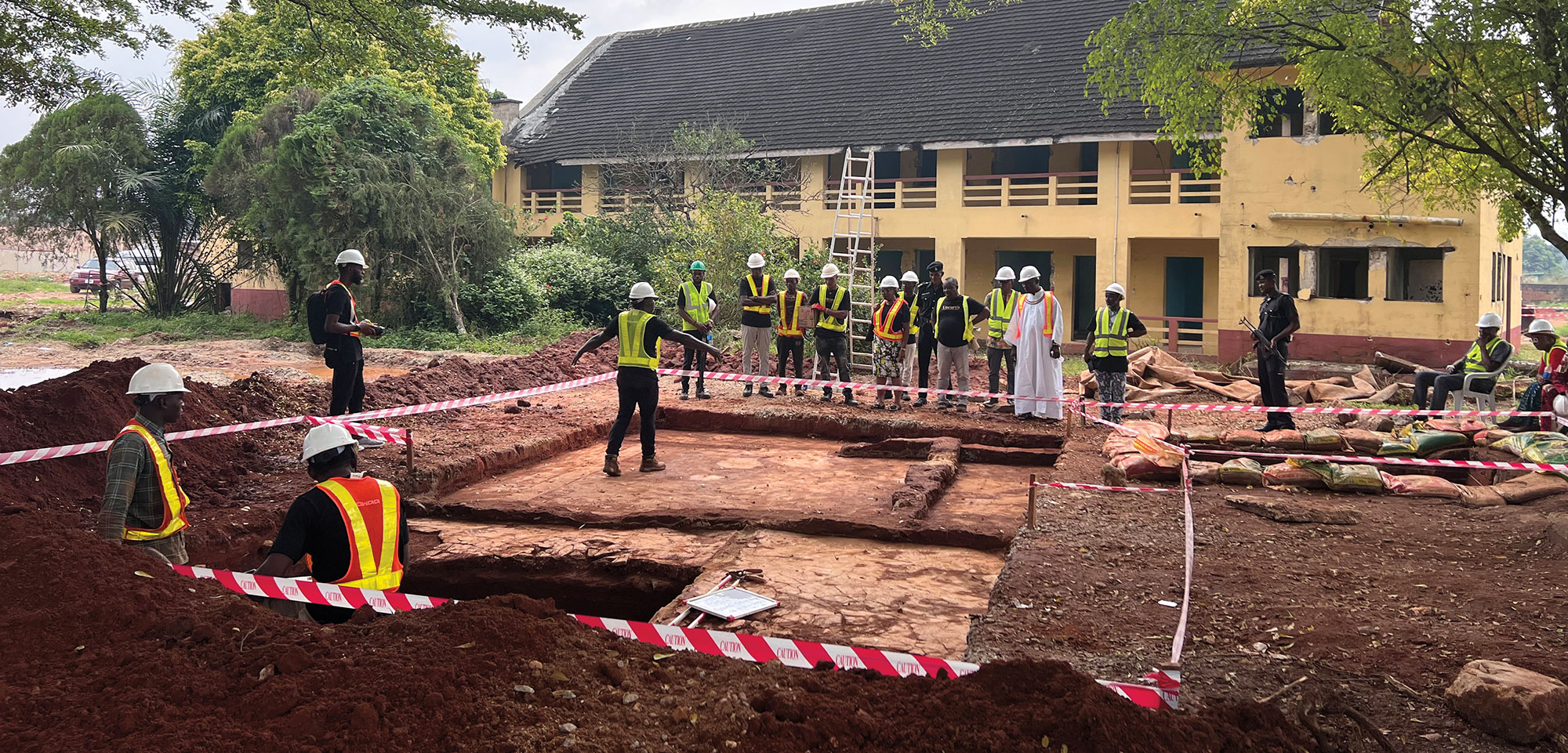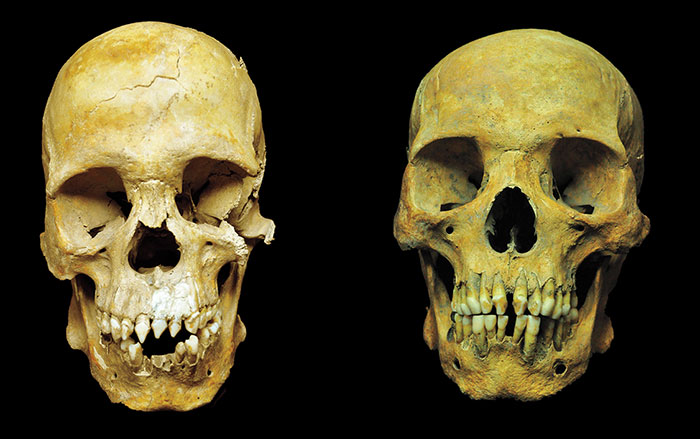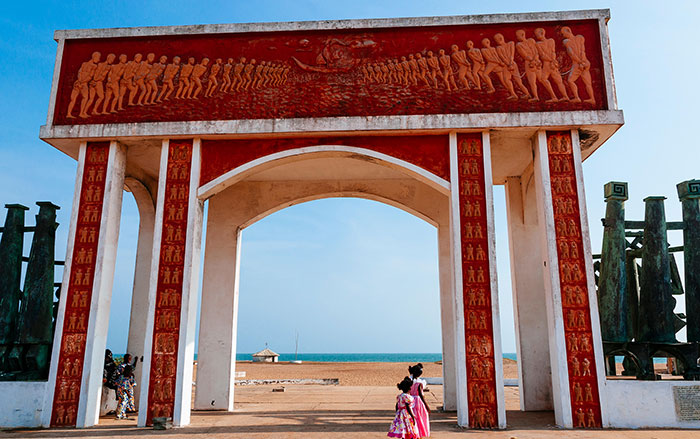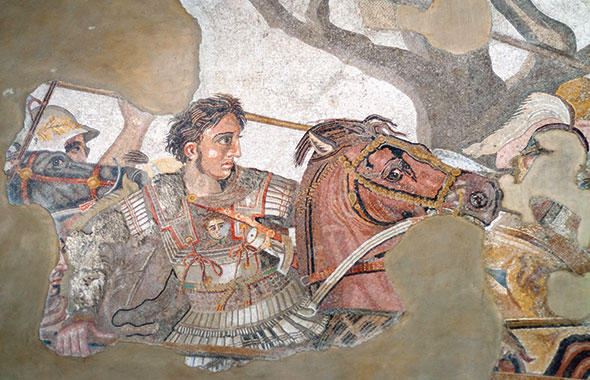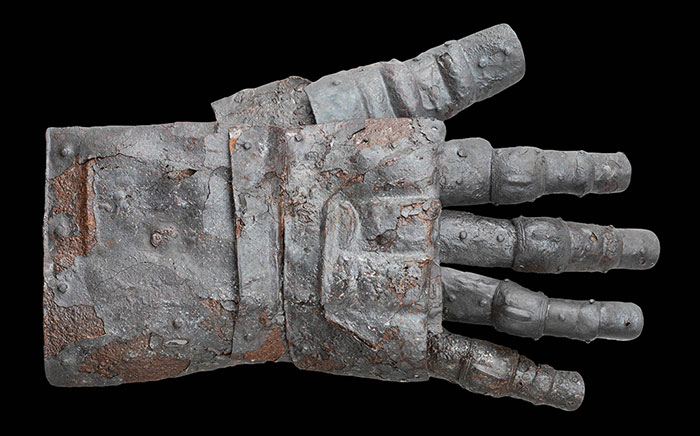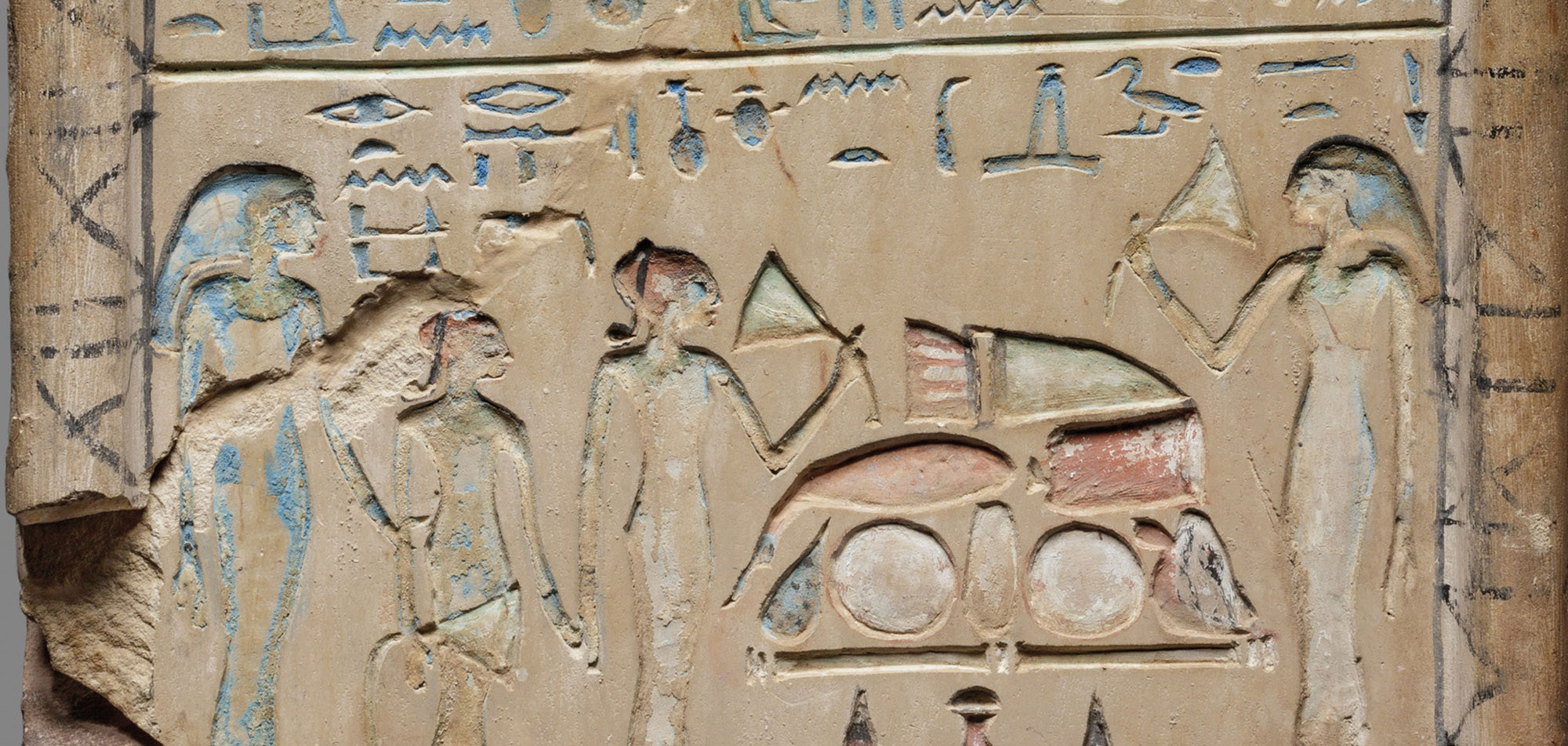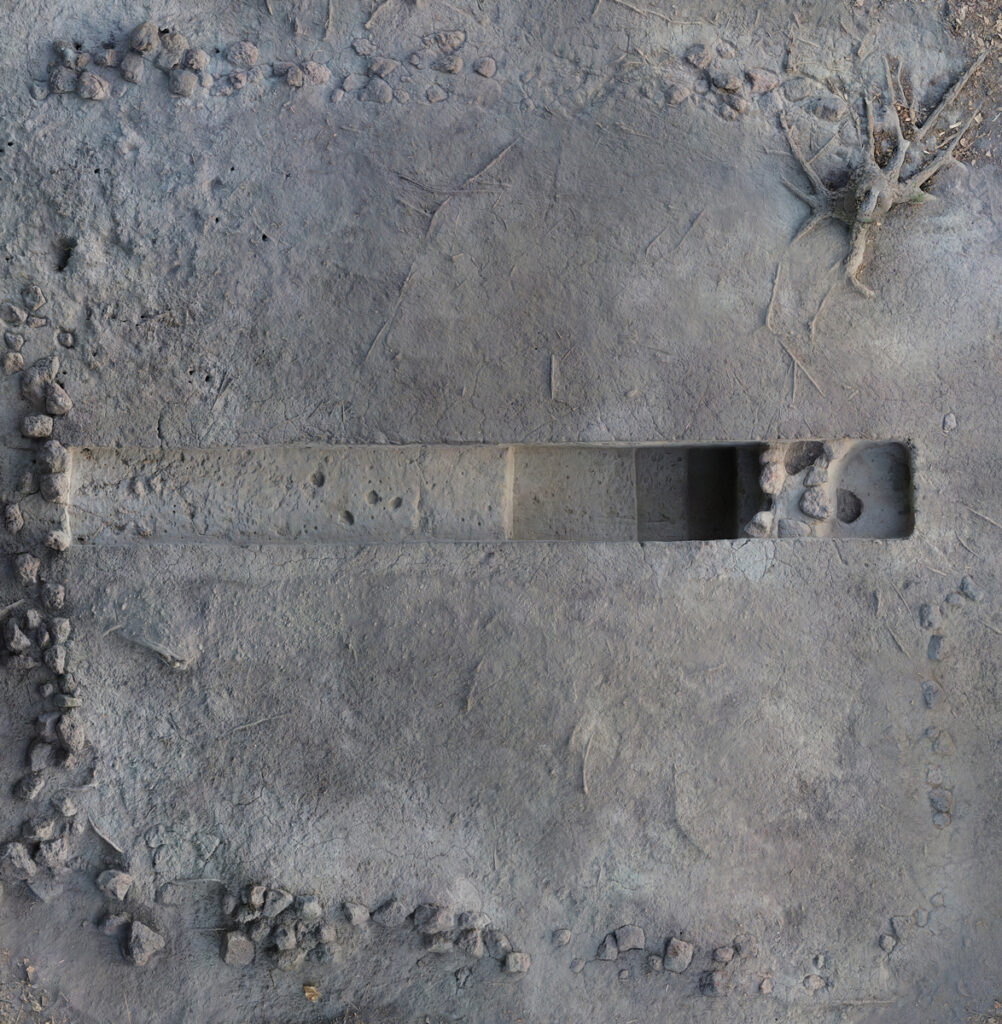
Ensconced in the forested interior of modern-day Guinea-Bissau, the capital of the Kingdom of Kaabu, Kansala, was the region’s best-kept secret. Although far removed from major European trade routes, the city nevertheless dominated West Africa’s Senegambia region between the sixteenth and nineteenth centuries. “Kaabu traded with the Europeans and was involved in the slave trade,” says archaeologist Sirio Canós-Donnay of the Spanish National Research Council. “But no European ever set foot in the capital and they didn’t know where it was or even what it was called.”
With little to no previous archaeological evidence to draw on, a team of archaeologists and local sociologists and historians led by Canós-Donnay pieced together a timeline of Kaabu’s rise and fall. They pored over accounts of Islamic travelers and second-hand reports relayed by English, French, and Dutch traders, and compiled oral histories sung by local musicians and storytellers called griots. “The way history was reproduced and consumed was the domain of the griots,” Canós-Donnay says. Indeed, Kaabu is said to be where the kora, or West African harp, originated.
The team gleaned that while Kaabu consisted of a confederation of territories, its elected rulers—both women and men—hailed from three royal provinces that rotated into the seat of power at Kansala. Illustrations of Kaabu settlements depict zig-zagging mud fortifications, some with thatched roofs, multistory square towers equipped with defensive features including arrow slits and ramparts, and moats filled with thorns. “We have relied on local knowledge of these histories to connect archaeology with oral traditions to locate Kaabu sites,” says Canós-Donnay.
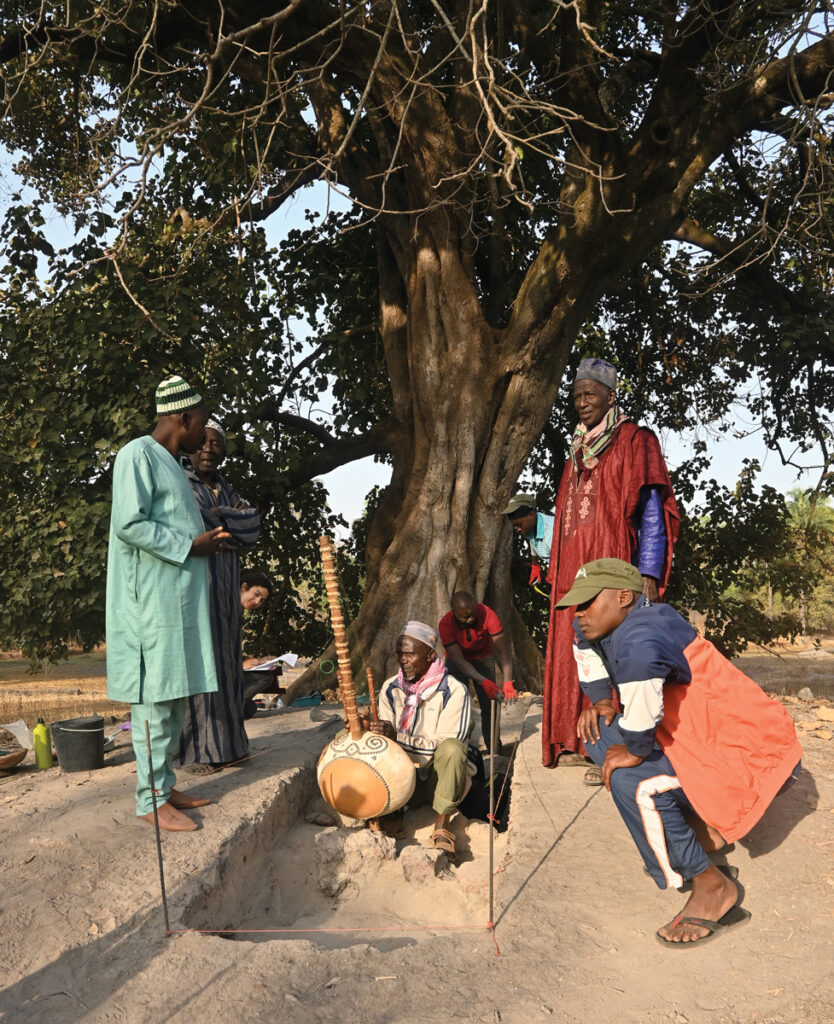
After excavating remnants of the kingdom in Senegal and armed with approximations of Kansala’s location, Canós-Donnay turned her focus to traces of a settlement in northern Guinea-Bissau where the team has unearthed evidence indicating it was a capital. “It’s interesting they chose a location so out of the way of any European trade routes for a kingdom deeply invested in trade,” she says. “They may have foreseen the danger posed by the Europeans and chosen a place they wouldn’t go for fear of disease and attack.” The team has only just begun to explore what remains of Kansala. They have identified two concentric enclosure walls, the ruler’s house, royal quarters, European cannons, and stone foundations of a gunpowder magazine said to have been blown up by Kaabu’s last king, who opted to destroy Kansala rather than surrender it to an enemy kingdom. “The capital’s dramatic end is still well remembered across the whole region,” says Canós-Donnay.
Local griots and elders, some from the village of Tabato, 60 miles southwest of the site, will now work alongside researchers and students from Guinea-Bissau, Senegal, and the Gambia to explore the findings from the capital. “It’s been rewarding to confirm oral traditions,” says Canós-Donnay. “The griots we’ve talked to are excited to be part of this conversation between archaeology, folklore, and traditional ways of reproducing history. Even the village elders have been behind the archaeology because we’re helping prove all these stories they’d heard from their grandparents.”


